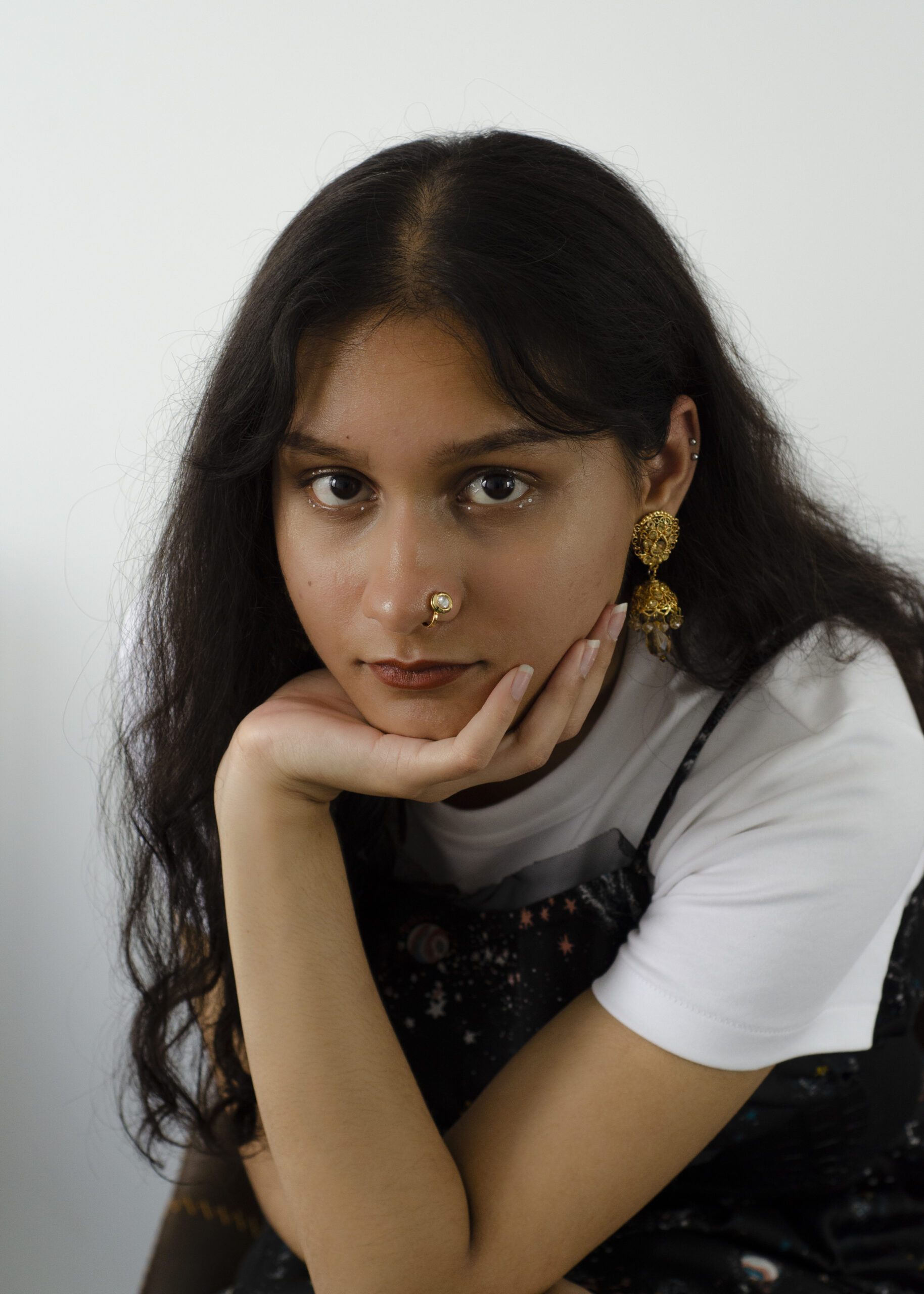SAFIA SHEIKH
ID: UNKNOWN

As we move towards a world in which surveillance technologies are becoming more widespread and commercially accepted—from hidden CCTV cameras in public spaces to Snapchat filters—the question of privacy remains unanswered. Powerful algorithms have been created that can detect and identify individuals from still images as well as live footage and these detection and observation systems store data in order to further perfect their own surveillance capabilities. Such potent technologies have severe repercussions, as they can and have been weaponized against protestors and in ways that disproportionately affect marginalized communities. By identifying and “learning” recurring images of what a “threat” looks like, surveillance algorithms succeed in creating semiotic relationships between politicized bodies and the garments they wear under the assumption of criminality.
Under this premise, ID: UNKNOWN is a creative research exploration using anti-surveillance textile development experiments outlined by Kate Rose of Adversarial Fashion to examine different methods of subverting specific algorithms through blocking the collection of information or overloading with junk data. ID: UNKNOWN specifically explores ways of manipulating images of the face to block or reduce confidence of facial detection from the SkyBiometry algorithm, as well as certain Snapchat and Instagram filters. This exploration can be extended into the development of adversarial textiles and items of adornment.
Short video of Snapchat experiment using blacked-out sections of PETG plastic superimposed on a piece of art created by Safia Sheikh and identified by Snapchat as a “face”.
CLOSING STATEMENT
Through ID: UNKNOWN’s exploration and further design development, a sartorial future of youth street clothing and protest can be imagined; an adversarial uniform of the future, meant to resist the gaze of surveillance and protect an individual’s data. For more information, please visit the project website.
Acknowledgements: I would like to thank my professors at the School of Fashion over the past 4 years, who helped to nurture my growth and interest in all things design and research. A special thank you to Tanya White for her everlasting patience in ensuring this project comes to life, and Jonathon Anderson from the Creative Technology Lab for his support in the development of this project. Finally, I would like to thank my sister, for inspiring this project and for her unrelenting dedication and interest in all the work that I do. Thank you.
